Hi Vis Shirt Reflective Tapes Violet Neon US Flag Custom Name Safety
29.99 $ – 59.99 $

Understanding Hi-Vis Clothing and Its Significance
High-visibility (hi-vis) clothing plays an essential role in promoting safety across various work environments where visibility may be compromised. This category of protective attire is designed to enhance the wearer’s visibility, particularly in low-light conditions, making it critical for workers in sectors such as construction, road work, and emergency services. The primary function of hi-vis shirts is to ensure that workers can be easily seen by others, thereby reducing the risks associated with accidents and injuries.
One of the defining characteristics of hi-vis clothing is its bright color, which stands in stark contrast to its surroundings. Vibrant shades like violet neon have gained recognition for their effectiveness in maximizing visibility. Such colors ensure that individuals can be readily identified, even from a distance, particularly against complex backgrounds common in industrial and outdoor settings. The combination of color and reflective tapes further amplifies this effect, as the reflective properties allow for visibility in the dark or poorly lit situations.
Additionally, awareness of industry regulations and safety standards is crucial in the selection and use of hi-vis garments. Various organizations and governing bodies, such as the American National Standards Institute (ANSI) and the Occupational Safety and Health Administration (OSHA), provide guidelines that dictate the necessary specifications for high-visibility clothing. These regulations help ensure that workers remain compliant with safety norms, emphasizing the importance of wearing approved hi-vis shirts to maintain safety on the job. Abiding by these standards is not only a necessity for legal compliance but also demonstrates a commitment to worker safety and well-being.
The Role of Reflective Tapes in Enhancing Visibility
Reflective tapes play a pivotal role in augmenting visibility, particularly in hi-vis shirts designed in violet neon. These tapes are engineered to utilize light in an effective manner, working by bouncing back light that hits their surfaces. When light, especially from a vehicle’s headlights, strikes the reflective material, it reflects directly back towards the source, thus enhancing the visibility of the wearer significantly in low-light conditions such as dusk, dawn, or nighttime.
There are various types of reflective tapes available, each with distinct safety ratings determined by industry standards, such as those set by the American National Standards Institute (ANSI) and the International Organization for Standardization (ISO). High-quality reflective tapes often feature high-performance glass beads or micro-prismatic structures that optimize reflectivity. The effectiveness of these materials can be influenced by environmental factors—such as rain, fog, or dirt—which can reduce their reflective capabilities if not properly maintained. Therefore, it is crucial to select tapes that are specifically designed for diverse weather conditions to sustain safety features.
Furthermore, when incorporating reflective tapes into garment designs, various design considerations come into play. The integration of these materials must enhance visibility without compromising the comfort and usability of the hi-vis shirts. Designers often strategically position reflective tapes on areas that are most visible, such as across the chest, shoulders, and back, while also considering how these elements interact with the garment’s overall aesthetic. The combination of vibrant colors such as violet neon with reflective surfaces not only ensures that the wearer stands out in both daylight and low-light but also fosters a sense of safety. This dual approach of aesthetic appeal coupled with advanced visibility contributes to creating garments that are both functional and attractive.
| Types | LONG SLEEVES, Hawaiian Shirt, Polo Shirt, T-SHIRT, NORMAL HOODIE, ZIPPED HOODIE |
|---|---|
| Size | S, M, L, XL, 2XL, 3XL, 4XL, 5XL |
Be the first to review “Hi Vis Shirt Reflective Tapes Violet Neon US Flag Custom Name Safety” Cancel reply
Shipping
All our clothing/apparel are created On Demand and Cut and Sewed by hand! This means once you order a product the printing process starts. We use the best printers in the biz to ensure a great end product. Now… we can tell you all about how we print and what our process is, but it would be far easier to show you. This is why we created the video below of one of our production facilities:SHIPPING TIMES:
We provide shipping to over 200 countries around the world. However, there is some location we are unable to ship. If you happen to be located in one of those countries we will contact you. You will receive an email once your order is shipped that contains your tracking information. If you don’t receive the tracking information within 5 days, please contact us: support@workwearcustom.com. How long shipping takes really depends on where you are from. To make it easy for you we created this simple table to help you estimate:| LOCATION | *ESTIMATED SHIPPING TIME |
| United States | 7 – 15 business days |
| Mexico, Brazil, South Africa | 10 – 20 business days |
| Rest of the world | 10 – 20 business days |
SHIPPING OPTIONS:
US, Canada, Australia, Europe: Free shipping: Order over $100 Standard Shipping: $8.95. Insurance Shipping $12.95. International Shipping: Free shipping: Order over $100 Standard Shipping: $8.95. Insurance Shipping $12.99. Expedited shipping (3-10 days): Free ship by Expedited shipping methods (DHL/UPS line/Fedex/USPS/Yun Express…) for orders over 10 items + STANDARD SHIPPING: You can choose Standard Shipping at a cheaper cost but if the goods are lost when shipped, we will not refund you, if the goods you receive are defective, broken, … but cause not by you, we will send you a replacement product or refund you (if you want the refund, you need to send the package back). Free shipping is regarded as standard Shipping + SHIPPING WITH INSURANCE? Because there is always a risk that goods in transit may be damaged, lost or delayed, you can choose to transport with Insurance. When your goods have any errors due to shipping, we will immediately send you another product or refund you without asking for any whatever. Besides opting for transportation insurance, making sure the goods are packed safely and securely also mitigates any loss. Expedited shipping is regarded as a shipping with insurance. NOTE: We send orders to ordering shipping address, not the person on it. Please make sure your shipping address is written correctly to avoid any inconvenience.Related Products
 White
White Light Blue
Light Blue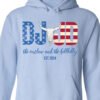 Light Blue Colour
Light Blue Colour Light Pink
Light Pink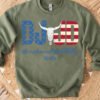 Military
Military S Sand
S Sand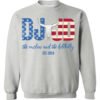 S Sport Grey
S Sport Grey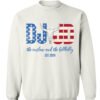 S White
S White Sand
Sand Sand Colour
Sand Colour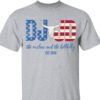 Sport Grey
Sport Grey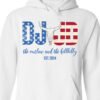 White Colour
White Colour White
White Light Blue
Light Blue Light Blue Colour
Light Blue Colour Light Pink
Light Pink Military
Military S Light Pink
S Light Pink S Sand
S Sand S White
S White Sand
Sand Sand Colour
Sand Colour Sport Grey
Sport Grey White Colour
White Colour White
White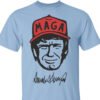 Light Blue
Light Blue Light Blue Colour
Light Blue Colour Light Pink
Light Pink Military
Military S Sand
S Sand S Sport Grey
S Sport Grey S White
S White Sand
Sand Sand Colour
Sand Colour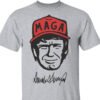 Sport Grey
Sport Grey White Colour
White Colour White
White Light Blue
Light Blue Light Blue Colour
Light Blue Colour Light Pink
Light Pink Military
Military S Light Pink
S Light Pink S Sand
S Sand S White
S White Sand
Sand Sand Colour
Sand Colour Sport Grey
Sport Grey White Colour
White Colour Black
Black Black Color
Black Color Black Colour
Black Colour Dark Heather
Dark Heather Dark Heather Color
Dark Heather Color Military
Military Navy
Navy P Black
P Black P Sport Grey
P Sport Grey Purple Color
Purple Color Royal
Royal Sport Grey Color
Sport Grey Color Sport Grey Colour
Sport Grey Colour White
White Light Blue
Light Blue Light Blue Colour
Light Blue Colour Light Pink
Light Pink Military
Military S Sand
S Sand S Sport Grey
S Sport Grey S White
S White Sand
Sand Sand Colour
Sand Colour Sport Grey
Sport Grey White Colour
White Colour Black
Black Black Color
Black Color Black Colour
Black Colour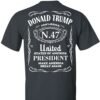 Dark Heather
Dark Heather Dark Heather Color
Dark Heather Color Military
Military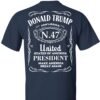 Navy
Navy P Black
P Black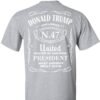 P Sport Grey
P Sport Grey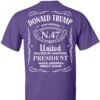 Purple Color
Purple Color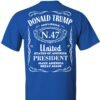 Royal
Royal Sport Grey Color
Sport Grey Color Sport Grey Colour
Sport Grey Colour Black
Black Black Color
Black Color Black Colour
Black Colour Dark Heather
Dark Heather Dark Heather Color
Dark Heather Color Military
Military Navy
Navy P Black
P Black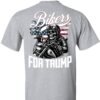 P Sport Grey
P Sport Grey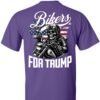 Purple Color
Purple Color Royal
Royal Sport Grey Color
Sport Grey Color Sport Grey Colour
Sport Grey Colour Black
Black Black Color
Black Color Black Colour
Black Colour Dark Heather
Dark Heather Dark Heather Color
Dark Heather Color Military
Military Navy
Navy P Black
P Black P Sport Grey
P Sport Grey Purple Color
Purple Color Royal
Royal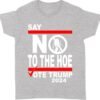 Sport Grey Color
Sport Grey Color Sport Grey Colour
Sport Grey ColourSay No To The Hoe Vote Trump Shirt | Trump Republican Shirt | Trump Supporter Shirt Dark T1570 – GOP
 Black
Black Orange
Orange Red
Red White
White Light Blue
Light Blue Light Green
Light Green Light Pink
Light Pink Navy Blue
Navy Blue Yellow
Yellow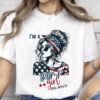 White
White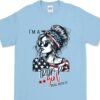 Light Blue
Light Blue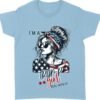 Light Blue Color
Light Blue Color Light Blue Colour
Light Blue Colour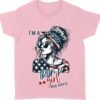 Light Pink Color
Light Pink Color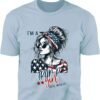 P Light Blue
P Light Blue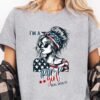 P Sport Grey
P Sport Grey P White
P White Sport Grey
Sport Grey Sport Grey Color
Sport Grey Color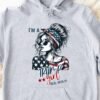 Sport Grey Colour
Sport Grey Colour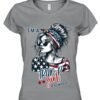 V Sport Grey
V Sport Grey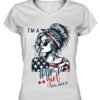 V White
V White White Color
White ColorI’m A Trump Girl Deal With It Shirt | Political Tee Shirt | Trump Supporter Shirt Bright T1572 – GOP
 White
White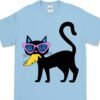 Light Blue
Light Blue Light Blue Color
Light Blue Color Light Blue Colour
Light Blue Colour Light Pink Color
Light Pink Color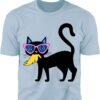 P Light Blue
P Light Blue P Sport Grey
P Sport Grey P White
P White Sport Grey
Sport Grey Sport Grey Color
Sport Grey Color Sport Grey Colour
Sport Grey Colour V Sport Grey
V Sport Grey V White
V White White Color
White Color
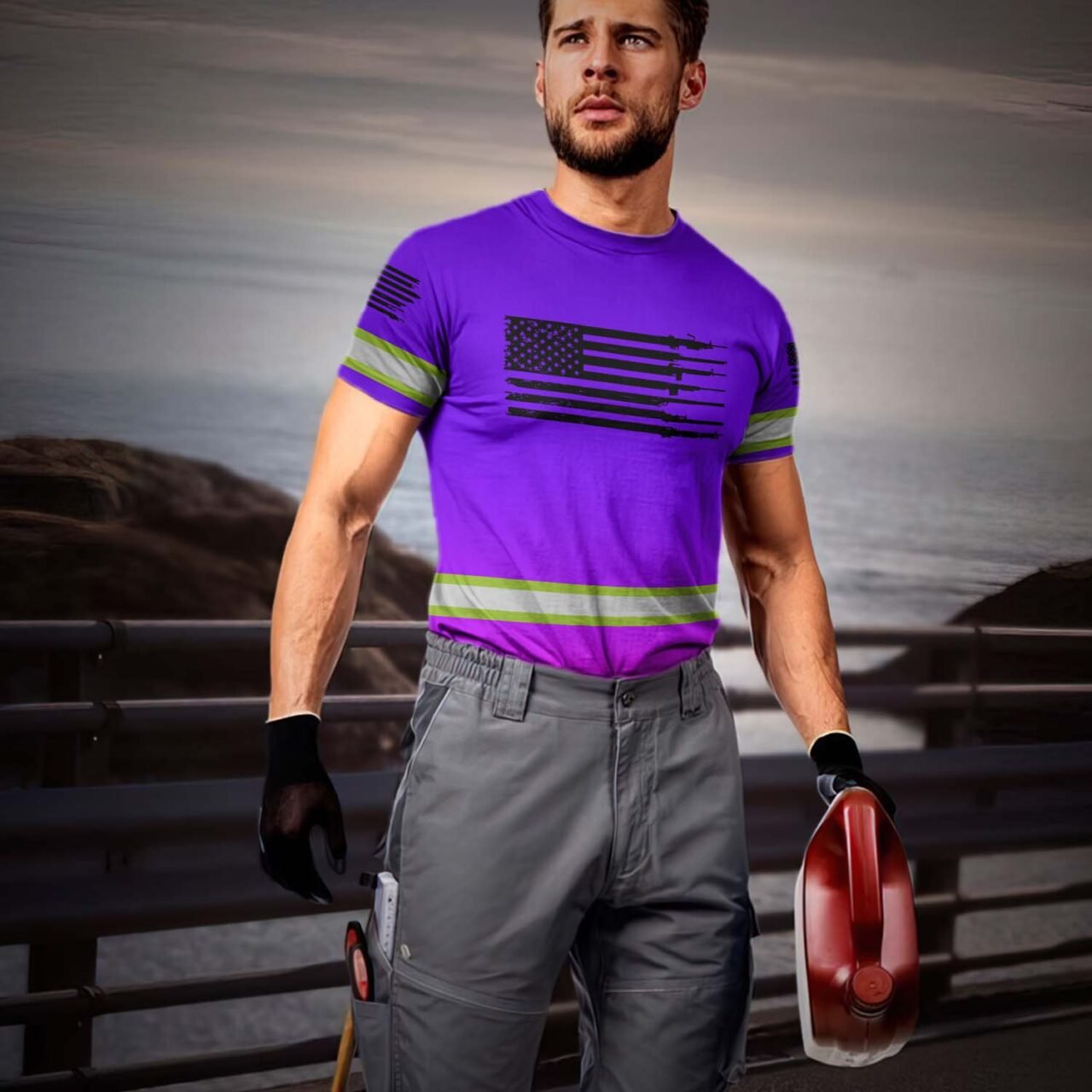
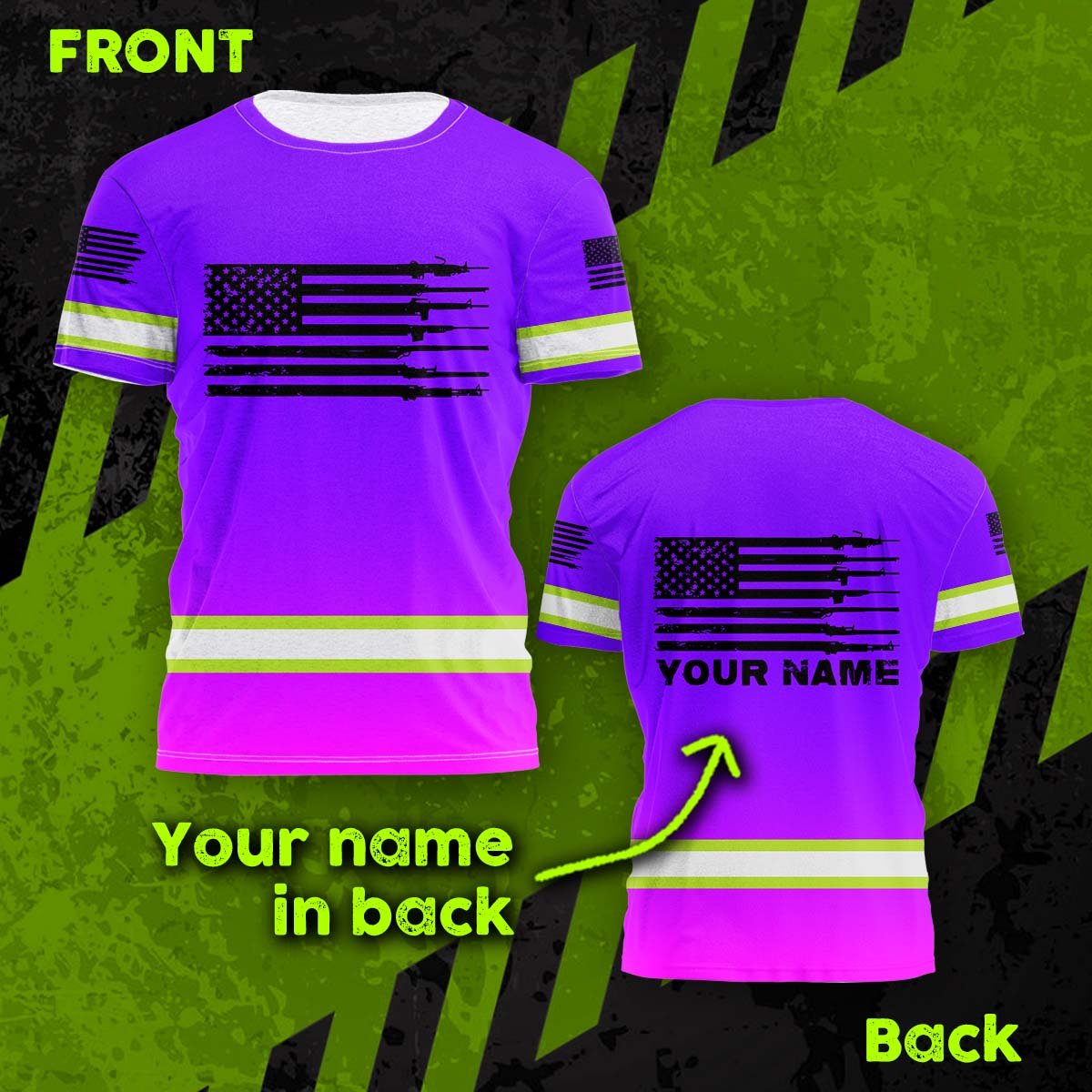
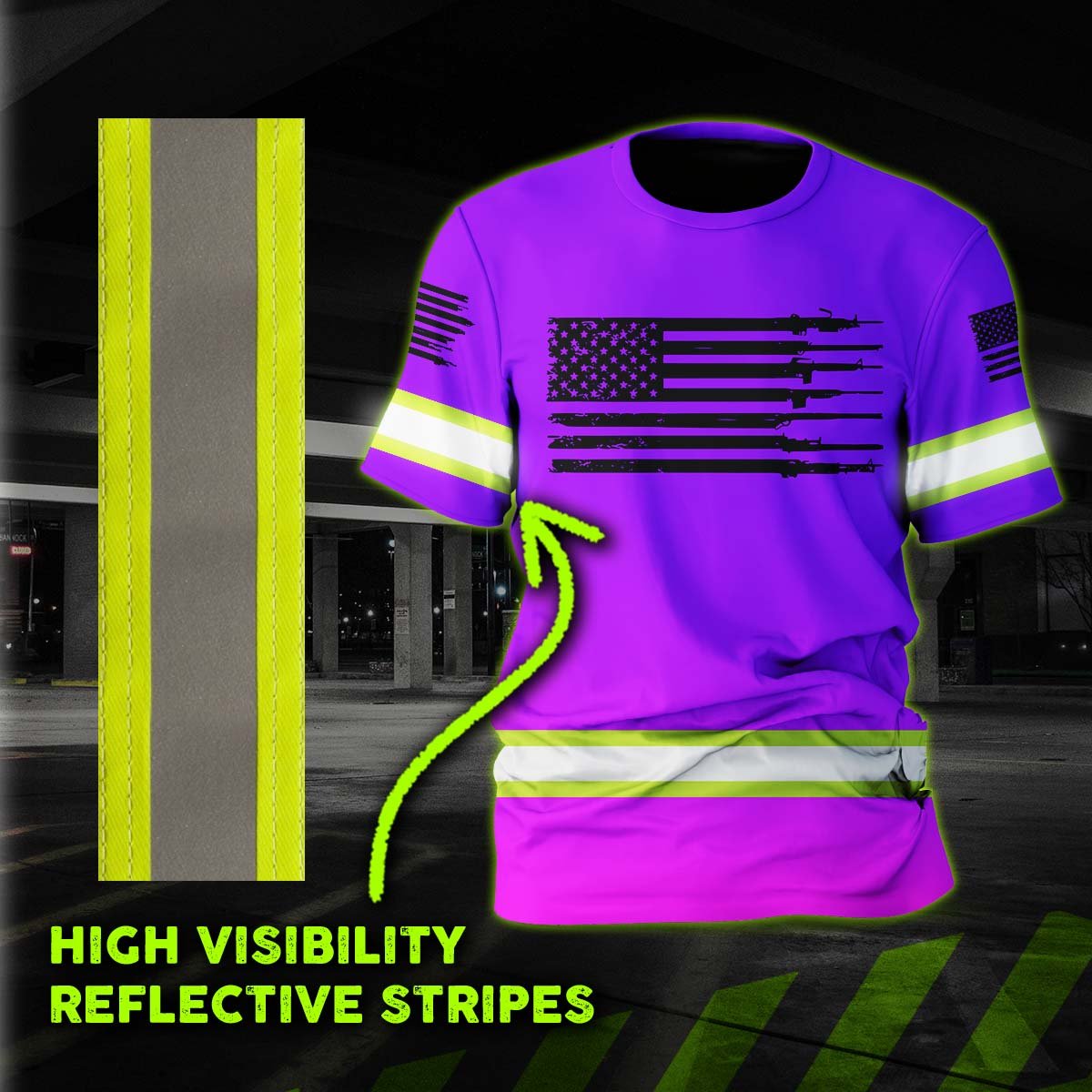
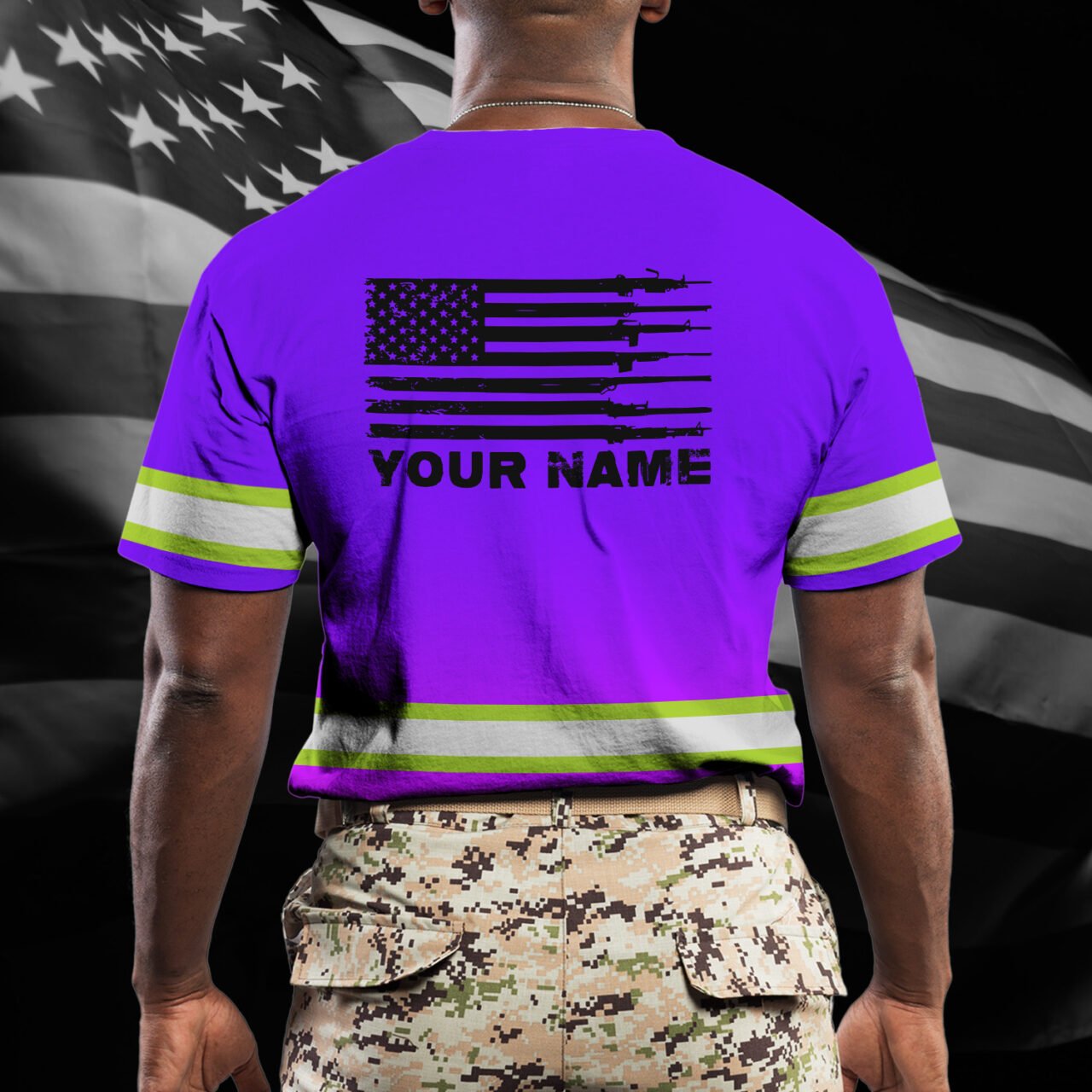
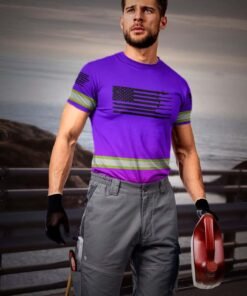
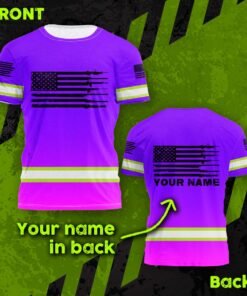
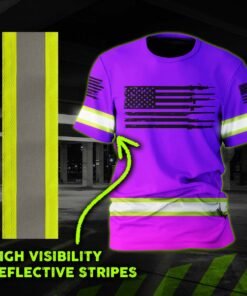
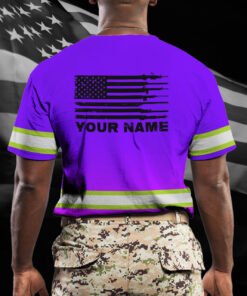













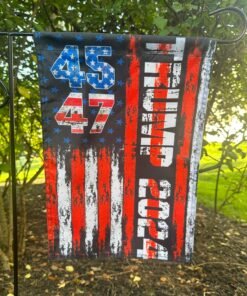





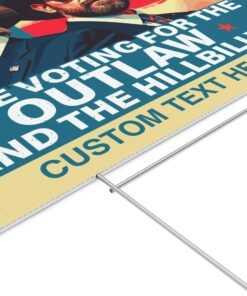









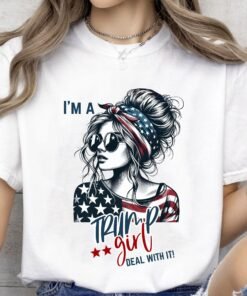


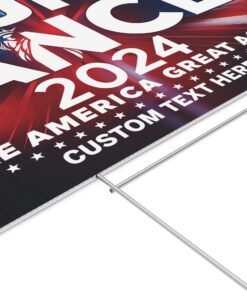






Reviews
There are no reviews yet.